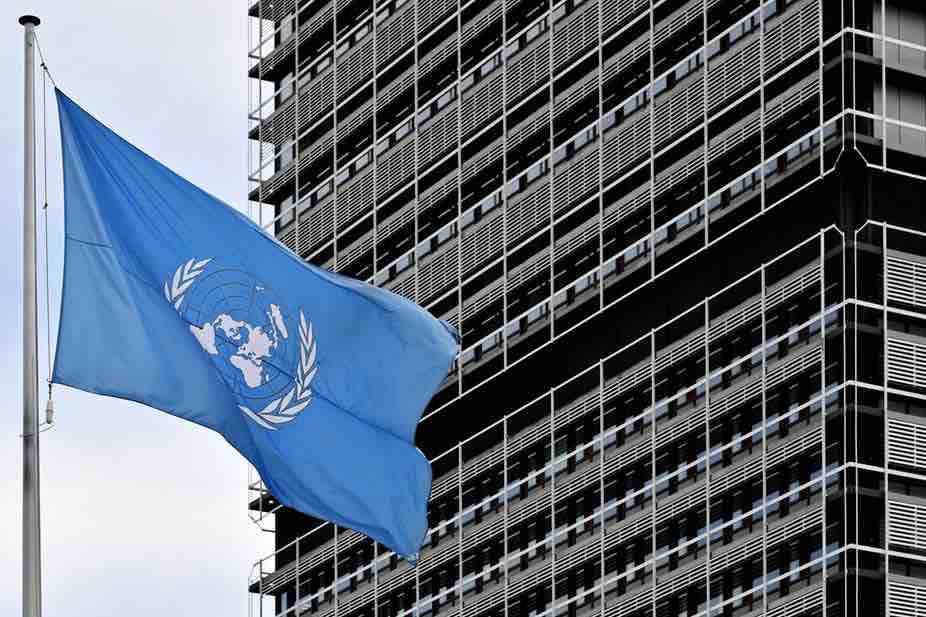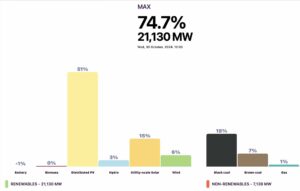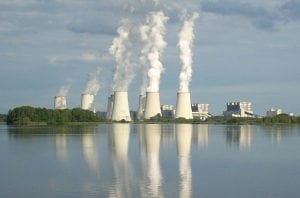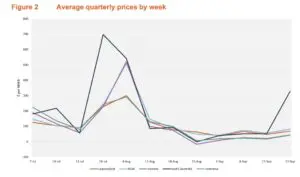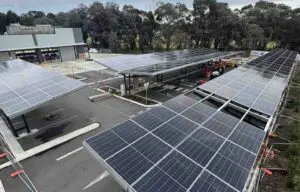
Here we go again. For longer than some of us can remember and the rest of us care to, there have been annual climate change international conferences.
From Geneva to Rio, via Kyoto and Copenhagen, the “breakthrough” in Paris and the Trump tsunami in Marrakech, the world’s climate diplomats now head to Bonn, where Monday marks the start of another fortnight-long summit.
Things tend to follow a fairly predictable playbook. In the weeks leading up to the summit, investigative journalists probe the vested fossil fuel interests.
Think tanks publish predictions based on equal parts wishful thinking, cynicism and reading of chickens’ gizzards. They launch new networks whose names are sprinkled with words like “leadership”, “equity”, “justice” and “ambition”.
Then it all kicks off. The delegates fly in; the protesters usually travel by less carbon-intensive means. The media descend, looking for tragedy, farce and soundbites, and find all three.
The academics provide instant punditry, and Big Green groups try to outdo one another to come up with the best zinger in the aftermath.
The all-time leader on that score is surely Greenpeace UK’s John Sauven who remarked after the disastrous 2009 Copenhagen meeting that the city was a “crime scene, with the guilty men and women fleeing to the airport”. Second place must go to eminent climate scientist James Hansen, who described the 2015 Paris accord as “a fraud”.
COP this
This year’s “Conference of the Parties” (COP) is happening in Bonn, Germany, (where the UN’s less-publicised “in between” climate meetings happen).
But it is chaired by Fiji, which is not holding the meeting on its own (threatened) shores because of the logistical difficulty of hosting the tens of thousands of delegates.
Earlier this year Australia threw in A$6 million to help the Fijians with organisational costs.
But anyone who follows climate diplomacy knows that Australia has a chequered record at COP meetings, and hasn’t always been so generous when it comes to the negotiations themselves. So how has Australia fared at previous summits, and what’s on the table this time?
Climate history
The starting gun for the United Nations Framework Convention on Climate Change (UNFCCC) was the November 1990 Second World Climate Conference. Australia initially pledged an ambitious greenhouse gas target of a 20% reduction by 2005.
But by the time of the Rio Earth Summit two years later, the fossil fuel lobby had been so successful that the Australian fossil fuel lobby’s two top people didn’t bother to go, and neither did the new Prime Minister Paul Keating. Australia signed a weaker target.
By the time the first formal COP took place in 1995, Australian negotiators, at the behest of the Business Council of Australia and others, lobbied for special exemptions as a large, growing country with big coal exports.
In the end, Australia grudgingly signed the Berlin Mandate, which called on developed countries to negotiate emissions reductions by the end of 1997. Perhaps Keating, facing an impending election, wasn’t willing to alienate green voters completely.
John Howard’s government had no such concerns. At its first COP, UK politician John Gummer accused Australia of putting coal exports to Japan ahead of Australia’s next generation, angrily saying:
They’ve given way to vested interest. They’ve given way to power. They’ve given way to people who have pretended, given way to people who fiddled the science.
Ahead of the 1997 Kyoto summit, Howard promised a mandatory renewable energy target (which finally came into existence four years later). At Kyoto, Australia got a very generous deal – an emissions “reduction” target that allowed emissions to actually rise by 8%, and a clause allowing land-clearing reductions to be counted towards the total.
But even that wasn’t enough to keep Australia in the tent. After US President George W. Bush pulled out of Kyoto, Howard followed suit.
The two countries then set up various “spoiler” organisations, such as the Asia Pacific Partnership on Clean Development and Climate, while industry lobbyists from the Australian Industry Greenhouse Network (the clue is in the name) were part of Australia’s official delegation.
Kevin Rudd later masterfully used Kyoto ratification as virtue signalling, and got a standing ovation at COP 13 in Bali in 2007, though it was his climate minister, Penny Wong, who won plaudits. Rudd invested a great deal of emotional and political capital in Copenhagen two years later, and after leaving the “crime scene” he was, by most accounts, extremely discombobulated.
The UN climate negotiation process – which was undergoing careful repair in the period 2010-12 so as to avoid failure in Paris – was not a priority for Julia Gillard, who had won a pyrrhic victory in introducing carbon pricing. For her, the very words “climate” and “carbon” became toxic, thanks to Tony Abbott and the Murdoch behemoth.
Business as usual
Once Tony Abbott took over, “normal” service fully resumed. No Australian minister went to COP 19 in Warsaw in 2013, with new environment minister Greg Hunt saying he was too busy trying to axe the carbon tax.
The following year, fresh from the government’s failure to keep climate change off the Brisbane G20 agenda, Julie Bishop was at COP 20 in Lima, chaperoned – to her reported displeasure – by trade minister Andrew Robb.
The Abbott government was accused of attempting to set the Paris talks up for failure by insisting on legally binding emissions targets – something it knew the United States in particular wouldn’t swallow.
Abbott agreed an unambitious 26-28% reduction target by 2030 for Australia (on a 2005 baseline, the same year we should have reduced emissions by 20% from 1988 levels). Of course, by the time the crucial Paris talks arrived, Malcolm Turnbull was Prime Minister.
Australia ratified its commitment just as Donald Trump, who has since committed to pulling the US out, became president.
Meanwhile, at COP 22 in Marrakech, Australia’s lead delegate defended fossil fuel companies, saying:
Some of the companies being alluded to as the polluters of policy, they will be, some of them, the providers of the biggest and best solutions … you could look at some of the statements coming out of ExxonMobil and Shell recently to underline that point.
A Bonn voyage for Australia?
At the Bonn talks, Australia will cop (sorry) some flak for its lack of reductions ambition, and action.
It will win its usual disproportionate share of those “fossil fool” awards so beloved of activists.
Ministers, chaperoned or not, will bang on about the Green Climate Fund, which Australia has been leading in 2017.
Cornered on coal, it may mutter about so-called HELE plants, as per the World Coal Association, or simply try to change the subject (look, a squirrel!).
Mostly, though, Australia’s delegates will hope that the heat is on the Trump Administration, while everyone wrangles over the (lack of) money for “loss and damage” and the finer details of a gender action plan.
Everyone will be thinking ahead to the next COP, to be held in Katowice, Poland, where, it is said, some actually “important” decisions will be made. Meanwhile, the carbon dioxide will carry on accumulating in our skies.
Source: The Conversation. Reproduced with permission.

